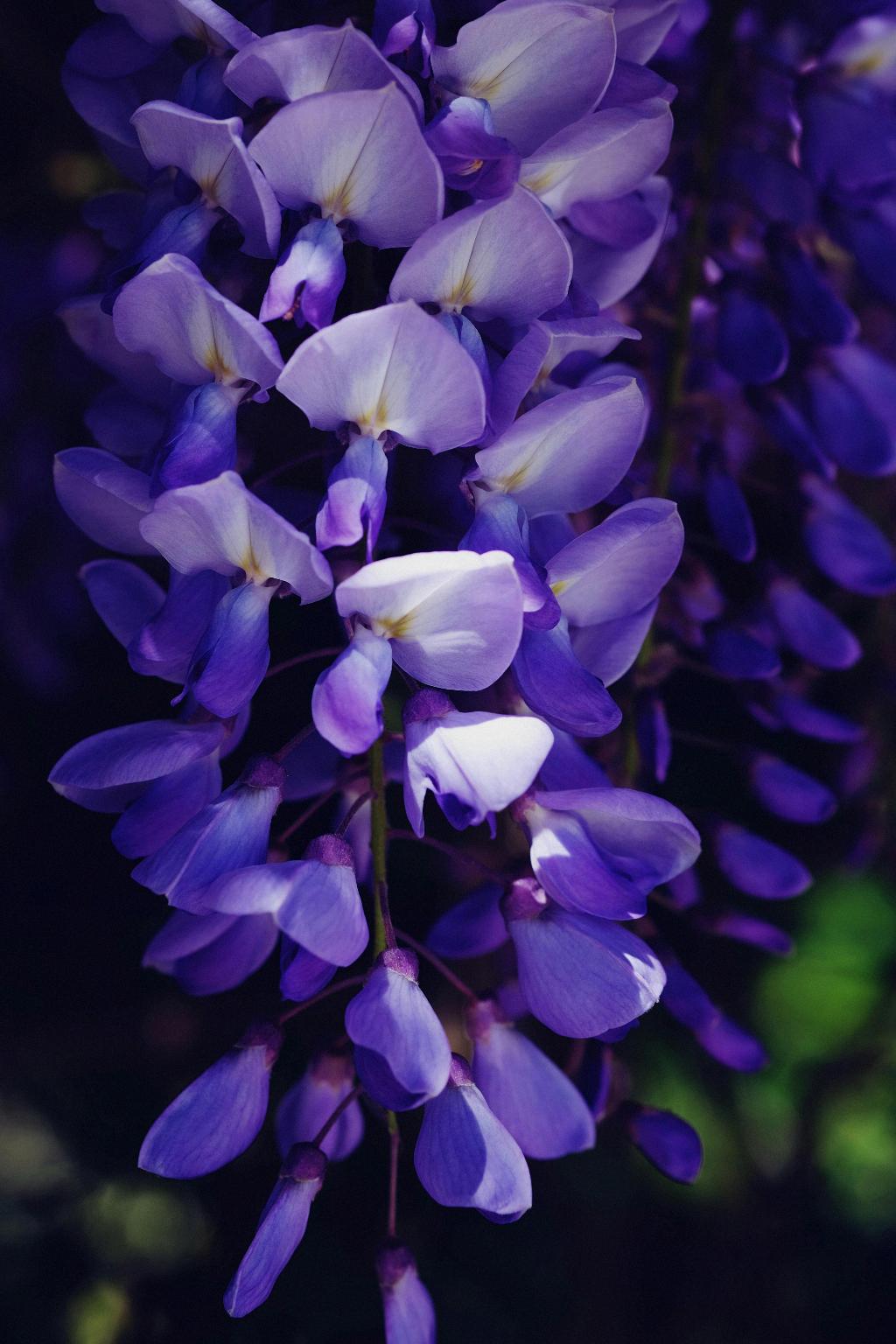Wisteria plants, known for their stunning cascades of fragrant flowers, are a beloved addition to gardens around the world. These vining plants can create a picturesque scene when in full bloom, but getting them to bloom consistently can sometimes be a challenge. Understanding the necessary steps to encourage wisteria to bloom is crucial for any gardener looking to enjoy the beauty of these blossoms.
Understanding the Blooming Process of Wisteria
Wisteria blooms in the late spring to early summer, producing long clusters of violet, blue, or white flowers. The blooming process of wisteria is influenced by various factors, including sunlight, soil conditions, and pruning. It’s essential to comprehend the lifecycle of wisteria to create an environment that promotes robust blooming.
Factors Influencing Wisteria Blooming
Several factors can affect the blooming of wisteria plants, such as sunlight exposure, nutrient levels in the soil, and age of the plant. Ensuring that your wisteria receives an adequate amount of sunlight and is planted in well-draining soil rich in nutrients is key to promoting optimal blooming.
Tips for Promoting Blooms on Wisteria Plants
To encourage wisteria to bloom abundantly, consider providing regular feedings of a balanced fertilizer during the growing season. Furthermore, watering consistently, especially during dry periods, can help prevent stress on the plant and promote flower production. Additionally, maintaining a proper pruning schedule is crucial for stimulating blooming on wisteria.
Pruning Techniques for Enhancing Wisteria Blooms
Proper pruning is essential for ensuring that a wisteria produces an abundance of blooms each season. Regular pruning helps to prevent excessive vegetative growth at the expense of flowers. By strategically trimming back excess growth and promoting lateral flower buds, you can maximize the blooming potential of your wisteria plant.
Common Mistakes to Avoid When Trying to Make Wisteria Bloom
One common mistake when attempting to make wisteria bloom is over-fertilizing, which can lead to an abundance of foliage but sparse flowering. Additionally, improper pruning techniques, such as cutting back flower buds, can hinder blooming. Avoiding these mistakes and following proper care practices will help ensure a vibrant display of wisteria blooms.
Conclusion and Final Thoughts on Cultivating Blooms in Wisteria
Cultivating blooms in wisteria plants requires a combination of proper care, including adequate sunlight, nutrient-rich soil, regular watering, and strategic pruning. By understanding the blooming process of wisteria, avoiding common mistakes, and implementing effective tips, you can enjoy a profusion of beautiful blooms on your wisteria plant each season.

